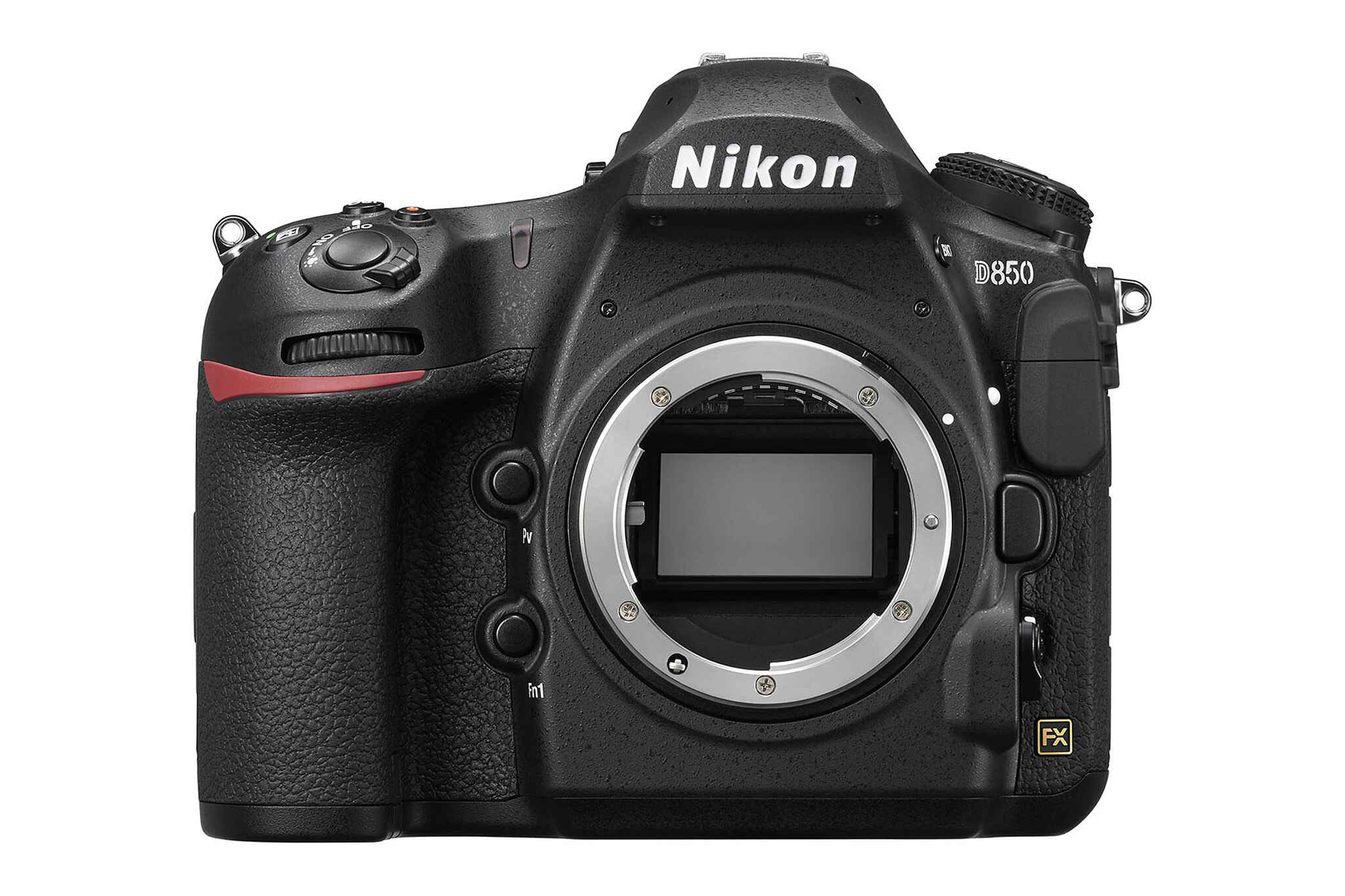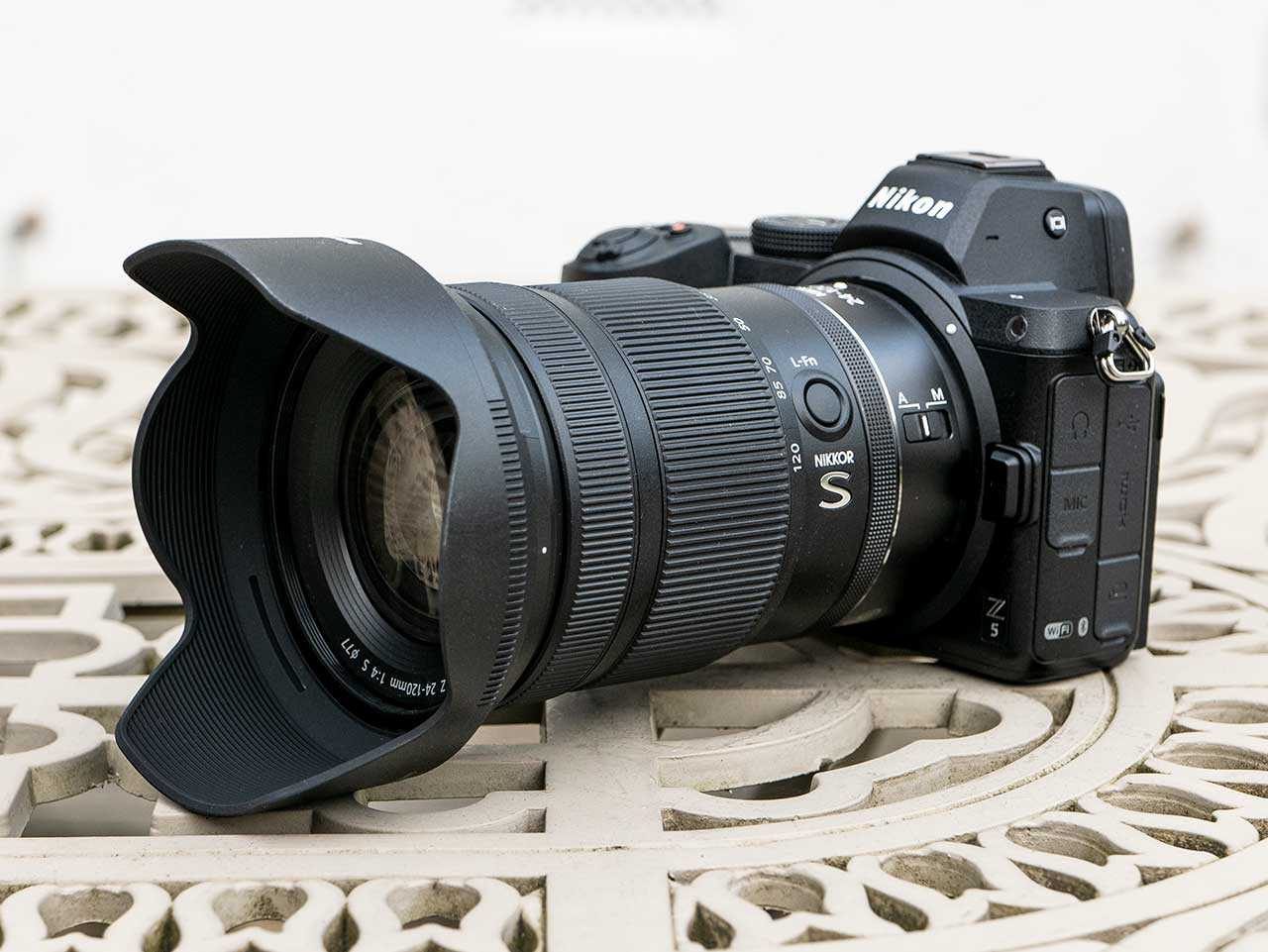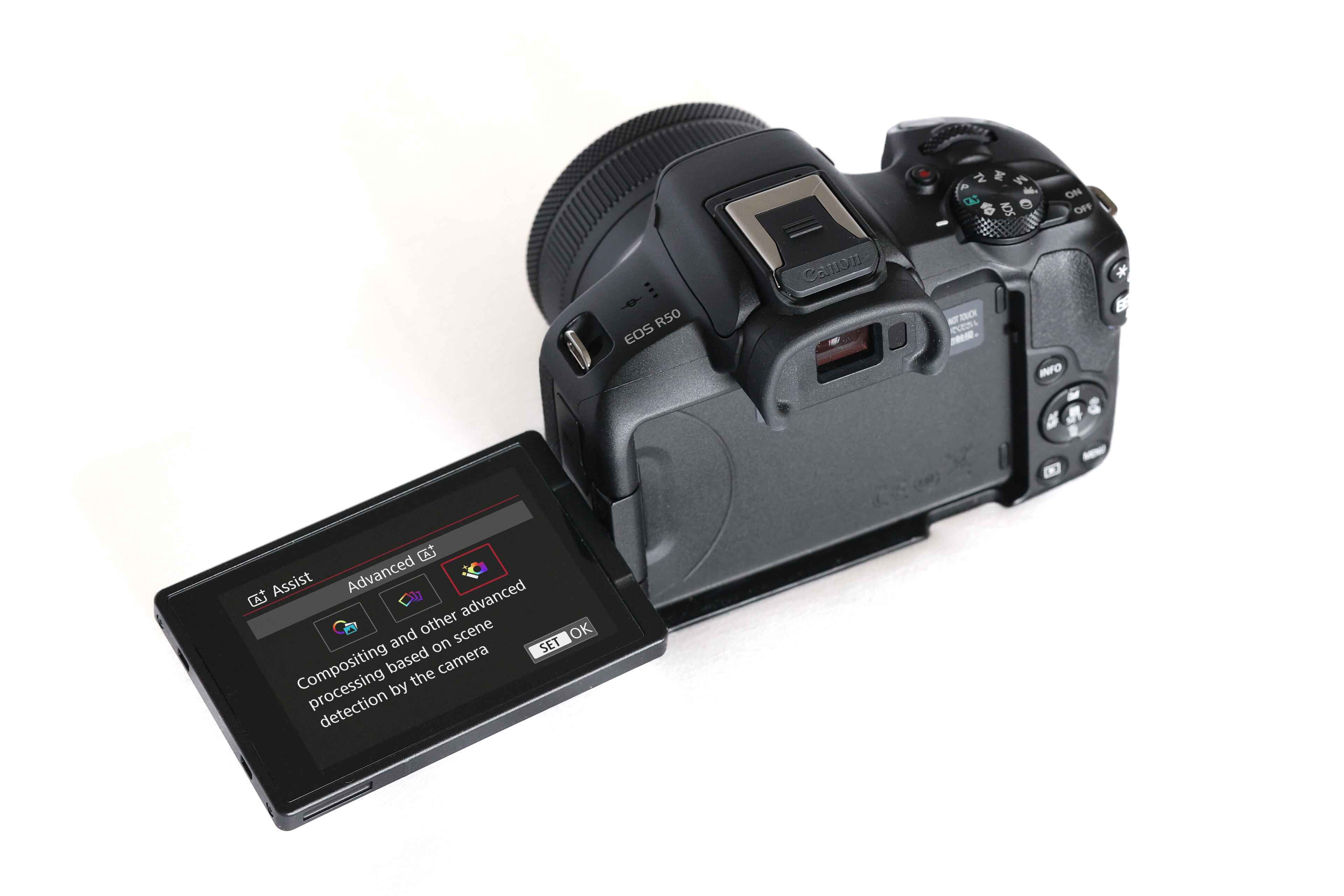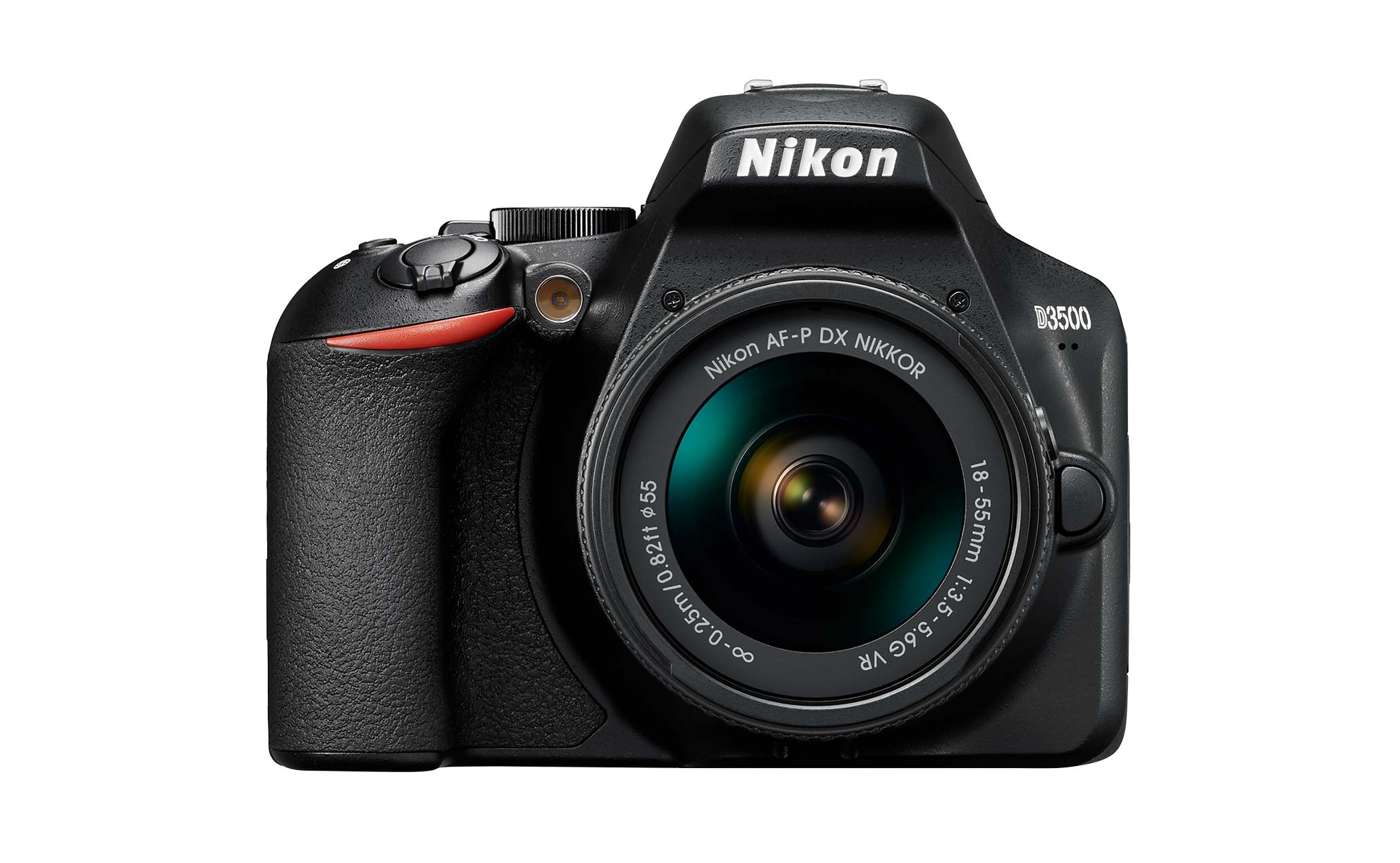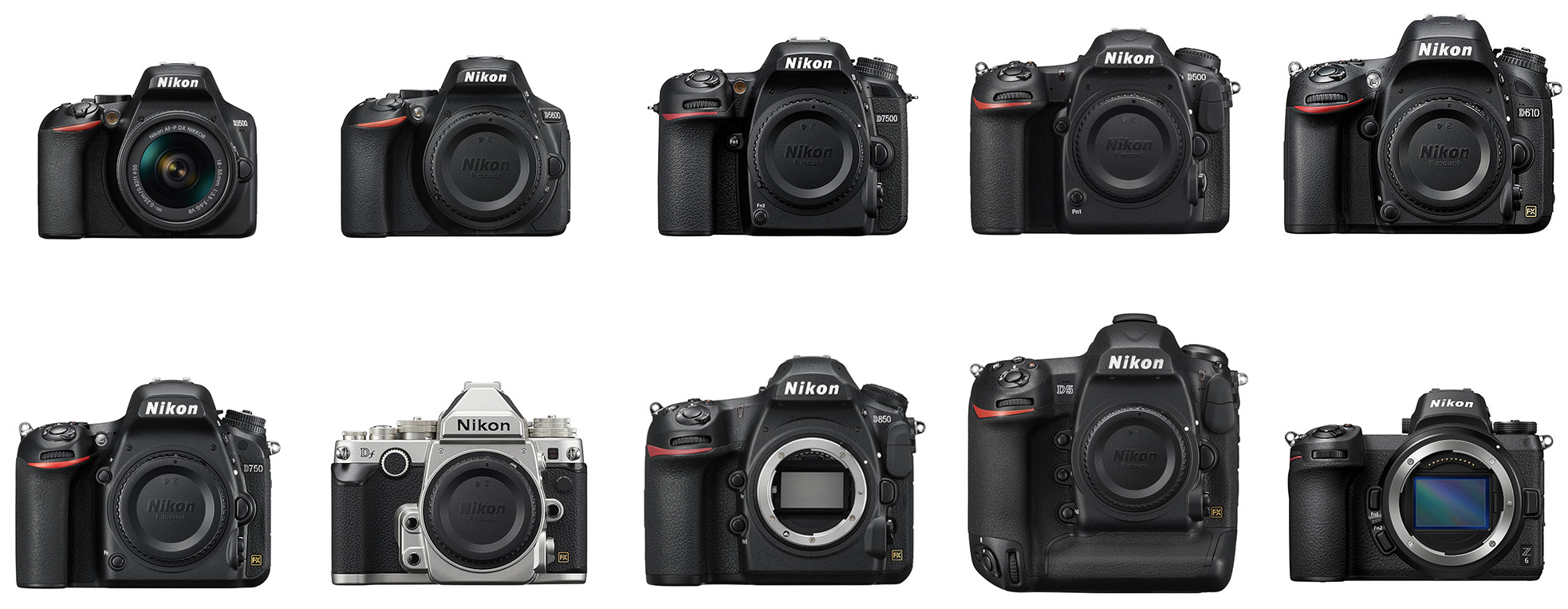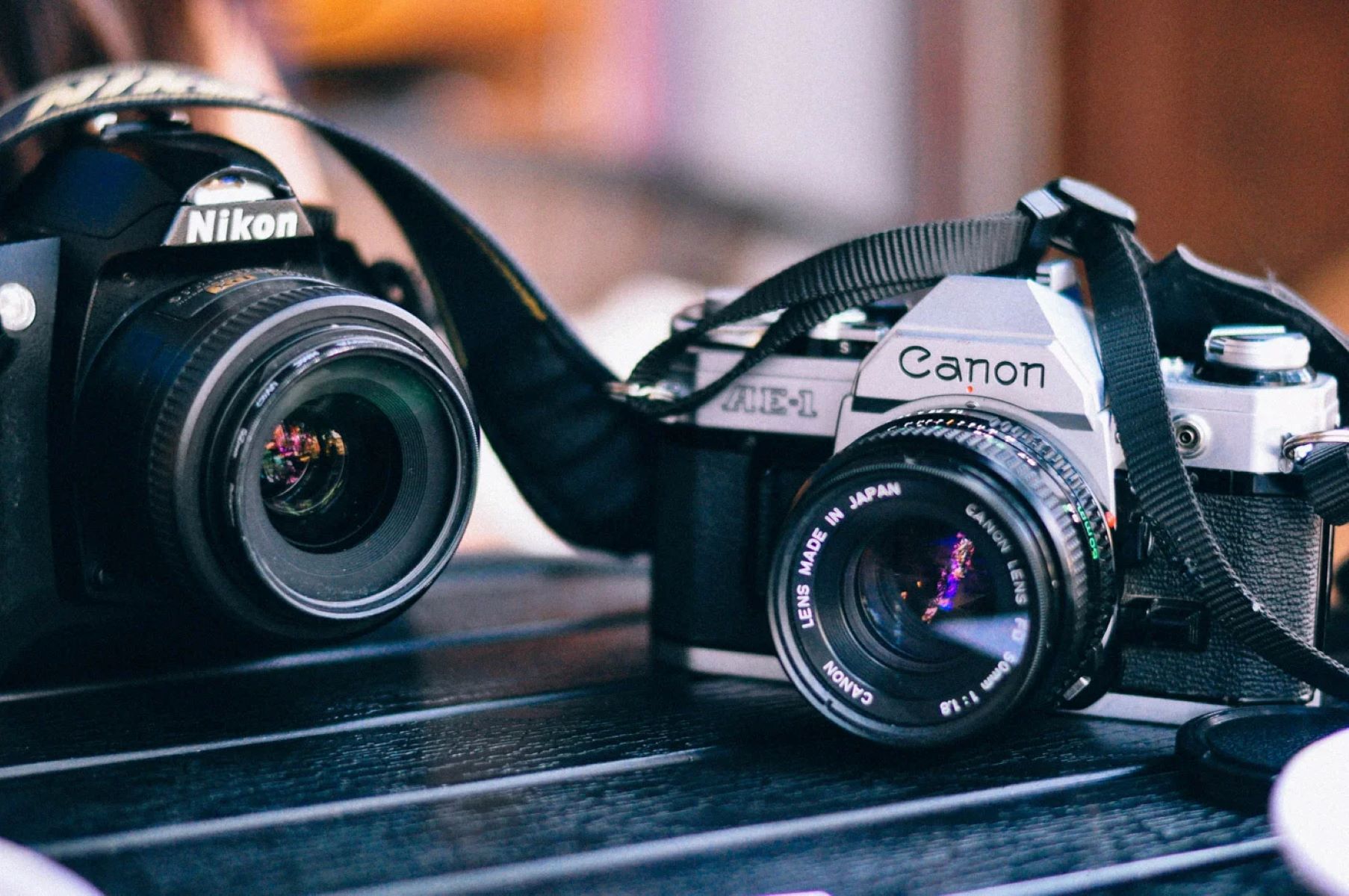Introduction
Photography enthusiasts rely on DSLR cameras for their high-quality images and versatility. However, encountering a “lens error” message can be frustrating and perplexing. This notification indicates that the camera is unable to extend or retract the lens properly, disrupting the shooting experience. Understanding the implications of this error message, its common causes, troubleshooting methods, and preventive measures is essential for DSLR users.
When a DSLR camera displays a lens error, it often halts photography sessions, leading to missed opportunities and potential damage to the equipment. As such, comprehending the factors contributing to this issue and learning how to address it effectively can help photographers overcome these obstacles and continue capturing stunning images.
Exploring the nuances of the lens error message, its origins, and the steps to mitigate its impact can empower photographers to navigate through technical challenges and maintain the optimal functionality of their DSLR cameras. By delving into the intricacies of this common issue, individuals can gain valuable insights that will enhance their overall photography experience and equip them with the knowledge to address similar complications in the future.
Understanding the Lens Error Message
When a DSLR camera presents a “lens error” message, it signifies a mechanical or electrical malfunction within the lens system. This error typically manifests as the camera’s inability to extend or retract the lens, often accompanied by an audible grinding or clicking noise. Understanding the implications of this message is crucial for photographers to grasp the severity of the issue and take appropriate measures to rectify it.
The lens error message can manifest in various forms, such as “Lens error, restart camera” or “Lens error, try turning the camera off and on.” These notifications indicate that the camera’s lens mechanism is encountering an obstruction or malfunction that prevents it from operating smoothly. In some cases, the error message may be accompanied by the camera’s automatic shutdown or an inability to capture images, further highlighting the severity of the issue.
It is important to recognize that the lens error message is not limited to a specific brand or model of DSLR camera; it can affect various makes and models, including renowned industry leaders. This universality underscores the significance of comprehending the root causes of this error and implementing effective solutions to mitigate its impact.
Photographers encountering the lens error message should refrain from forcibly manipulating the lens, as this can exacerbate the issue and potentially cause irreparable damage to the camera. Instead, they should proceed with caution and explore the underlying factors contributing to the error, paving the way for informed troubleshooting and resolution.
By understanding the nature of the lens error message and its implications, photographers can approach the subsequent troubleshooting steps with clarity and purpose, ultimately safeguarding their equipment and preserving their passion for photography.
Common Causes of Lens Error
Several factors can contribute to the occurrence of a lens error in DSLR cameras, ranging from mechanical issues to environmental influences. Understanding these common causes is pivotal in diagnosing and addressing the root of the problem, enabling photographers to take proactive measures to prevent and mitigate lens errors.
- Mechanical Obstruction: One of the primary culprits behind lens errors is a mechanical obstruction within the lens mechanism. This obstruction can stem from debris, sand, or dust that infiltrates the lens housing, impeding its smooth operation and triggering the error message.
- Impact or Dropping: Accidental impact or dropping of the camera can jolt the delicate internal components, leading to misalignment or damage within the lens assembly. This can manifest as a lens error and necessitate immediate attention to rectify the issue.
- Power Interruptions During Lens Operation: Instances where the camera loses power while the lens is in operation can disrupt the lens extension or retraction process, potentially triggering a lens error upon subsequent use.
- Moisture and Humidity: Exposure to moisture and high humidity levels can compromise the internal circuitry and moving parts of the lens, contributing to malfunctions that manifest as lens errors.
- Aging or Wear and Tear: Over time, the mechanical components of the lens system may experience wear and tear, leading to diminished functionality and an increased susceptibility to errors, including lens malfunctions.
By recognizing these common causes of lens errors, photographers can adopt preventive measures and best practices to safeguard their DSLR cameras from these potential pitfalls. Additionally, understanding the underlying factors contributing to lens errors empowers photographers to implement targeted troubleshooting methods and seek professional assistance when necessary, ensuring the longevity and optimal performance of their equipment.
How to Troubleshoot Lens Error
When confronted with a lens error message on a DSLR camera, prompt and methodical troubleshooting can often resolve the issue and restore the camera to full functionality. By following structured steps and exercising caution, photographers can effectively address lens errors and resume their photography endeavors without undue delay.
Power Cycling: Initiate the troubleshooting process by turning off the camera and removing the battery for a few minutes. This power cycling can reset the camera’s internal mechanisms and potentially resolve minor issues contributing to the lens error.
Gently Manipulating the Lens: In some cases, gently manipulating the lens by applying slight pressure or rotating it can dislodge any obstructions or misalignments that may be triggering the error message. It is crucial to exercise care and avoid exerting excessive force during this process to prevent further damage to the lens assembly.
Cleaning the Lens Housing: If the lens error is attributed to debris, dust, or sand within the lens housing, carefully cleaning the exterior of the lens with a soft brush or compressed air can alleviate the obstruction and alleviate the error message.
Professional Servicing: If the aforementioned troubleshooting steps do not resolve the lens error, seeking professional servicing from authorized camera technicians is advisable. These experts possess the expertise and specialized tools to diagnose and rectify complex lens malfunctions, ensuring comprehensive restoration of the camera’s functionality.
Software Updates: Ensuring that the camera’s firmware and software are up to date can also contribute to resolving lens errors, as manufacturers often release updates that address known technical issues and enhance overall performance.
By methodically approaching the troubleshooting process and implementing these targeted interventions, photographers can effectively address lens errors and mitigate their impact on their photography pursuits. While exercising caution and patience, these steps can often yield positive outcomes, allowing photographers to resume capturing captivating images with their DSLR cameras.
Preventing Lens Error
Preventive measures play a pivotal role in safeguarding DSLR cameras against potential lens errors, ensuring the sustained functionality and longevity of these valuable photographic tools. By incorporating proactive practices into their photography routines, enthusiasts can mitigate the risk of encountering lens errors and maintain the optimal performance of their equipment.
- Protective Carrying Cases: Utilizing durable, padded carrying cases or camera bags provides a protective enclosure for DSLR cameras, minimizing the risk of impact or damage during transportation and storage.
- Mindful Handling: Handling DSLR cameras with care and attentiveness reduces the likelihood of accidental drops or impacts that can disrupt the delicate internal components, including the lens assembly.
- Environmental Awareness: Being mindful of the shooting environment and avoiding exposure to excessive moisture, sand, or dust can prevent these elements from infiltrating the camera’s lens housing and triggering malfunctions.
- Regular Maintenance: Implementing a routine maintenance schedule, including periodic cleaning of the camera and lens, can prevent the accumulation of debris and contaminants that may contribute to lens errors.
- Timely Software Updates: Regularly updating the camera’s firmware and software ensures that any known technical issues or vulnerabilities are addressed, bolstering the camera’s resilience against potential malfunctions.
By integrating these preventive measures into their photography practices, enthusiasts can proactively mitigate the risk of lens errors and fortify the resilience of their DSLR cameras. This proactive approach not only preserves the equipment’s functionality but also fosters a sense of confidence and reliability, empowering photographers to pursue their creative endeavors with peace of mind.
Conclusion
Encountering a lens error message on a DSLR camera can be a disconcerting experience for photographers, disrupting their creative pursuits and prompting concerns about the equipment’s functionality. By delving into the nuances of the lens error message, understanding its common causes, and exploring effective troubleshooting methods, photographers can navigate through these technical challenges with confidence and resilience.
Understanding the implications of the lens error message empowers photographers to approach this issue with clarity and purpose, enabling them to take proactive measures to prevent potential malfunctions and maintain the optimal performance of their DSLR cameras. By incorporating protective practices, exercising mindful handling, and staying abreast of software updates, enthusiasts can fortify their equipment against the risk of encountering lens errors, fostering a reliable and enduring photography experience.
Furthermore, the ability to troubleshoot lens errors methodically and seek professional assistance when necessary equips photographers with the tools to address these challenges effectively, ensuring minimal disruption to their photography endeavors. By exercising caution, patience, and a proactive mindset, photographers can overcome lens errors and continue capturing captivating images with their DSLR cameras.
In essence, the journey of understanding, preventing, and addressing lens errors enriches photographers with valuable insights and resilience, enabling them to navigate through technical obstacles and preserve their passion for photography.










